A new telescope will tell us how the first stars and galaxies were born
The Universe’s Baby Boom.
/https://tf-cmsv2-smithsonianmag-media.s3.amazonaws.com/filer/Universe-Baby-Boom-631.jpg)
One hundred million years or so after the Big Bang, the first stars ignited. Their appearance started the transition between two periods in the early universe: an era that astronomers call the Dark Ages, when only a fog of neutral hydrogen permeated space, and a time of re-ionization, when gravity started to collapse denser regions of gas into massive, hot, and fast-burning stars emitting intense radiation that stripped the nearby hydrogen of its electrons. Light could pass freely in these growing pockets of transparency, creating the visible universe we see today.
Slowly, the first galaxies formed, and the hot stars and gas turned them into fast-paced stellar nurseries. These early stars were made almost entirely from hydrogen and helium, but inside their cores they began to forge the heavier elements—including carbon, oxygen, nitrogen, and iron—before their short lives ended in supernovas. As heavy elements were released, they started to form molecules—dust—that blocked the visible light from these so-called starburst galaxies, hiding much of this universe-defining era of re-ionization from view.
That’s the generally accepted theory at least. But the origin of most of the objects we see in the universe today is still a mystery. Astronomers can’t yet say for sure exactly how the first stars formed, when heavy elements and molecules began to appear, and when smaller stars like our sun showed up. But now they have a new tool to help answer those questions.
The Atacama Large Millimeter/Submillimeter Array (ALMA) is designed to see through the dust of heavy elements to observe these early star-forming galaxies.
“Of all the energy produced since the Big Bang, half of it has been absorbed and re-emitted by dust,” says astronomer Joaquin Vieira of the California Institute of Technology in Pasadena. “Half hasn’t been absorbed, and we can see that as starlight…. But half of the history of the universe is obscured by dust, and that is what ALMA has just opened up.”
Located among the many telescopes that take advantage of the clear skies over the north Chilean desert, ALMA is an array of 66 dishes either seven or 12 meters in diameter. Each dish has a series of receivers tuned to a part of the spectrum where light has a wavelength in the millimeter range: radio and microwaves. Installed on the three-mile-high Chajnantor Plateau, the observatory began in 1995 as an idea that turned into a $1.3 billion project funded through a collaboration of groups in North America, Europe, and east Asia, with the cooperation of Chile. It was dedicated last March and has already produced observations that have revised theories of the early universe.
When ALMA “sees through” the dust shielding distant galaxies, it’s actually detecting reprocessed light that started out as starlight. That starlight, emitted at mostly optical and ultraviolet wavelengths, was absorbed by the dust, which warmed up and radiated the heat outward as infrared light. As it traveled through the expanding universe, the light was stretched further, or redshifted, into the wavelengths that ALMA is optimized to detect.
ALMA uses interferometry: With a supercomputer, the dishes work in precise synchrony, so that the ensemble operates like one giant dish. The more distant a galaxy, the more narrow the angle of resolution must be for a telescope to resolve details within it to see stars forming. The massive array can be configured in multiple combinations; in its largest configuration, it creates a virtual telescope nearly 10 miles in diameter, called the long baseline. Just as a bigger mirror in an optical telescope will collect finer detail, the long baseline of the full array will give ALMA extraordinary angular resolution.
During the observatory’s early science testing run in 2011 and 2012, Jacqueline Hodge from the Max-Planck Institute for Astronomy in Germany pinpointed the locations of more than 100 early starburst galaxies. Her team worked from a map made by the nearby Atacama Pathfinder Experiment (APEX), a single 12-meter-dish radio observatory, which identified 126 distant galaxies with blobs of light indicating star-forming regions. Using ALMA, Hodge found that many were multiple galaxies that were blurred together, and she identified their locations with 200 times more accuracy—using only a quarter of ALMA’s array. Once the entire array is online this fall, Hodge’s team plans to go back and increase the precision of their results even further.
Now astronomers can start to probe details within the galaxies. “We have a hard time understanding how a galaxy can literally produce that many stars,” Hodge says. “Some of these things are producing 3,000-solar-mass stars per year,” compared to a galaxy like the Milky Way, which today produces only a few sun-like stars annually. “Our computer models are straining to produce these types of galaxies.
“I think [ALMA] is poised to change the field,” Hodge says.
When Vieira’s team looked for dusty starburst galaxies, they were able to take advantage of a natural effect that boosted the resolution even further. The galaxies they observed with ALMA had been magnified—sometimes more than 20 times—by the gravitational effects of large masses, like other galaxies in the foreground, in an effect known as gravitational lensing.
Furthermore, Vieira’s team was able to determine redshifts for nearly all the galaxies it observed, from which they could infer the galaxy’s age and distance from Earth. “It just blew my mind, because we have been trying to do this for so long with so many different instruments,” says Vieira. His team had attempted to get images and redshift measurements from the Hubble, Spitzer, and Herschel space telescopes, and ground-based telescopes in Hawaii and Chile.
With precise redshift measurements for these early galaxies, astronomers can start to piece together the chronology of matter formation in the early universe. “We had not determined any redshifts yet, and then we just got on our laps all this data,” Vieira says. “And it was gorgeous and there was the answer. It was an amazing feeling…. It was immediately clear that [ALMA] was orders of magnitude more powerful than anything else we’ve been using before.”
When Vieira’s team returns later this year after ALMA is fully operational, Vieira says they expect to get better resolution than the Hubble. With that kind of power, ALMA will be able to get distance measurements not just to a galaxy, but to distinct regions within it as well. Astronomers will be able to build three-dimensional images of galaxies billions of light-years away.
When and how heavy elements and molecules arose are important questions for Avi Loeb, a cosmologist at Harvard University and the Harvard-Smithsonian Center for Astrophysics. Clouds of molecular gas in early galaxies cooled and eventually collapsed into stars like our sun, and this process occurs more efficiently in the presence of heavy elements than in their absence. Astronomers want to understand this peak era of star formation because this is when the universe changed from a uniform sea almost entirely composed of hydrogen and helium gas to a growing web of galaxies rich with the chemical elements that would eventually form planets and, at least on Earth, life.
How far back in time ALMA will be able to look will be limited by when dusty galaxies existed in cosmic history. It’s the dust emissions that ALMA detects, and Hubble observations suggest that as we look closer to the beginning of the universe—going from when re-ionization was complete back to the ignition of those first stars—the universe gets progressively freer of dust.
“Now, ALMA may tell us a different story, and that would be very interesting,” says Caltech astronomer Richard Ellis. “I think there’s a lot of hype about ALMA that is unproven yet, but it’s realistic to be optimistic. We know so little about early galaxies that the basic argument is ‘Let’s go and have a look and see what we see.’ ”
One of the next tests for ALMA will be to see if it can detect smaller, dimmer galaxies, which are predicted to be far more common within the first billion years of the Big Bang, rather than the monster starburst galaxies discovered by Vieira and others last year. “Much of the re-ionization is done by feeble little things, and so we would dearly like to get details of their properties,” Ellis says.
Ellis is on a team led by University of Edinburgh astronomer James Dunlop that will use ALMA to image 100 galaxies within the Hubble Ultra Deep Field. Last January at the annual meeting of the American Astronomical Society in Long Beach, California, Ellis’ team announced that, within Hubble’s infrared data, they had tentatively found a handful of galaxies that existed when the universe was just 570 million years old, and one that existed at just 370 million years, making it the most distant and earliest object ever discovered.
Using ALMA, Ellis’ team will study these galaxies for dust, an indicator of how early heavy elements began appearing. “This will capture most of the stuff that Hubble cannot see,” says Dunlop. “If you want to make a complete census of cosmic star formation history, you’ve got to measure the un-obscured stuff that you see with Hubble, and the obscured stuff.”
For seeing the obscured stuff, nothing beats ALMA.
Bruce Lieberman is a freelance science writer in Carlsbad, California.
/https://tf-cmsv2-smithsonianmag-media.s3.amazonaws.com/accounts/headshot/Bruce_Lieberman_Yosemite_Cropped.jpg.jpeg)
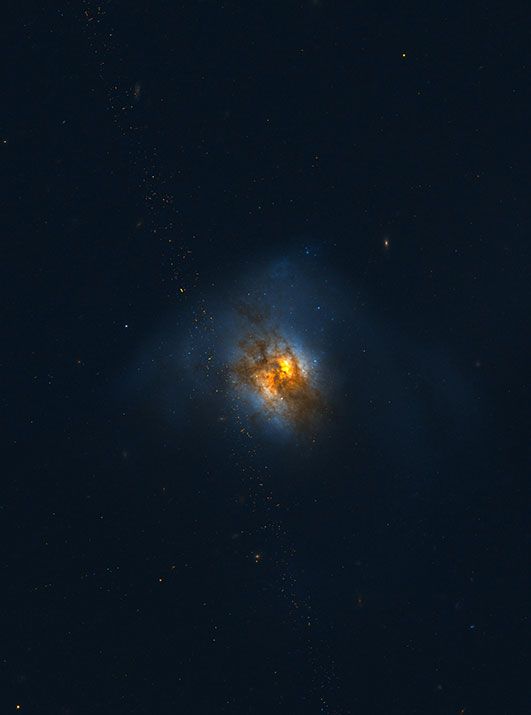
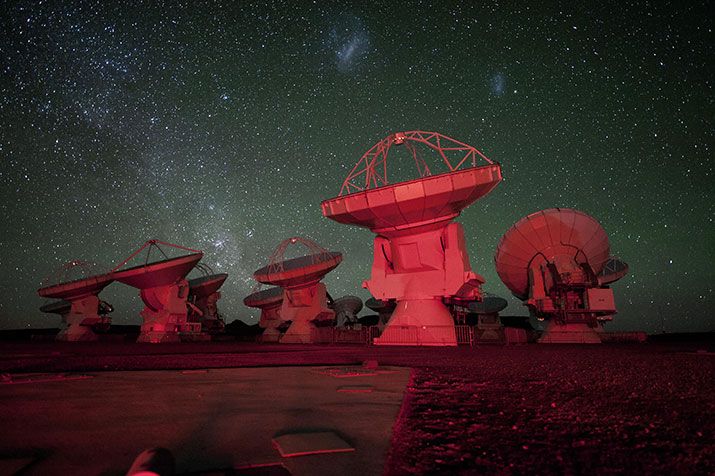
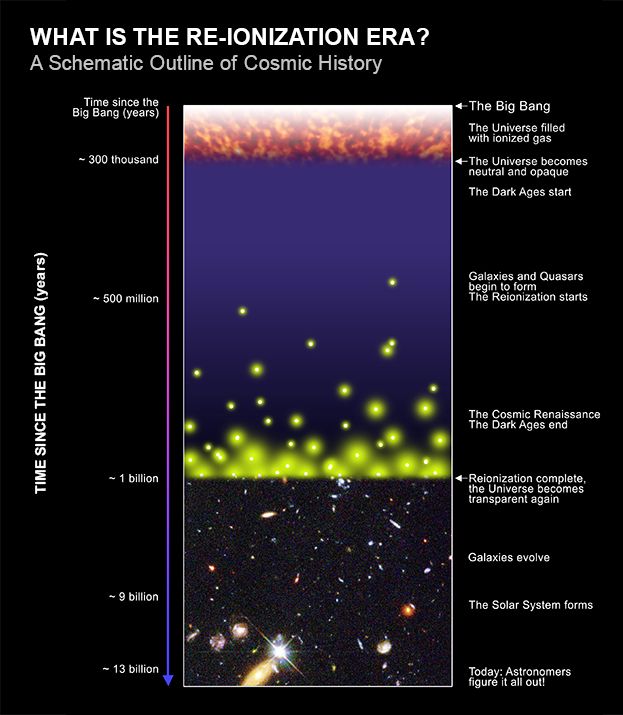
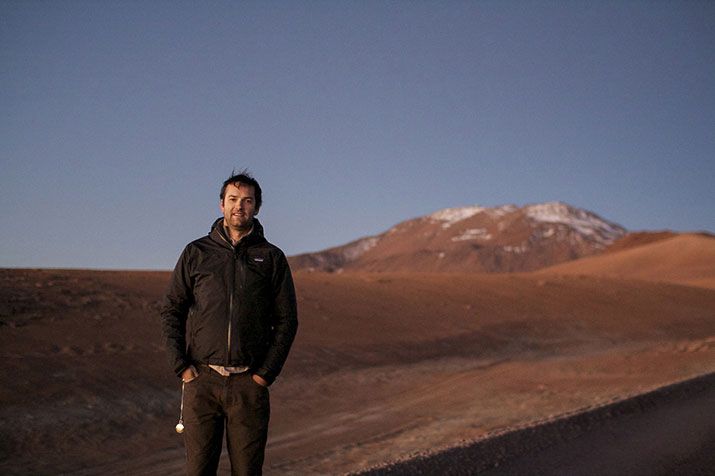
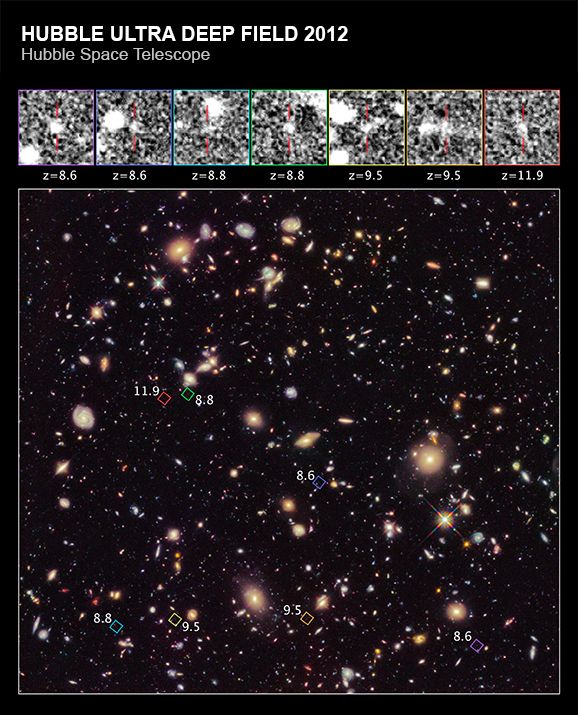
/https://tf-cmsv2-smithsonianmag-media.s3.amazonaws.com/accounts/headshot/Bruce_Lieberman_Yosemite_Cropped.jpg.jpeg)